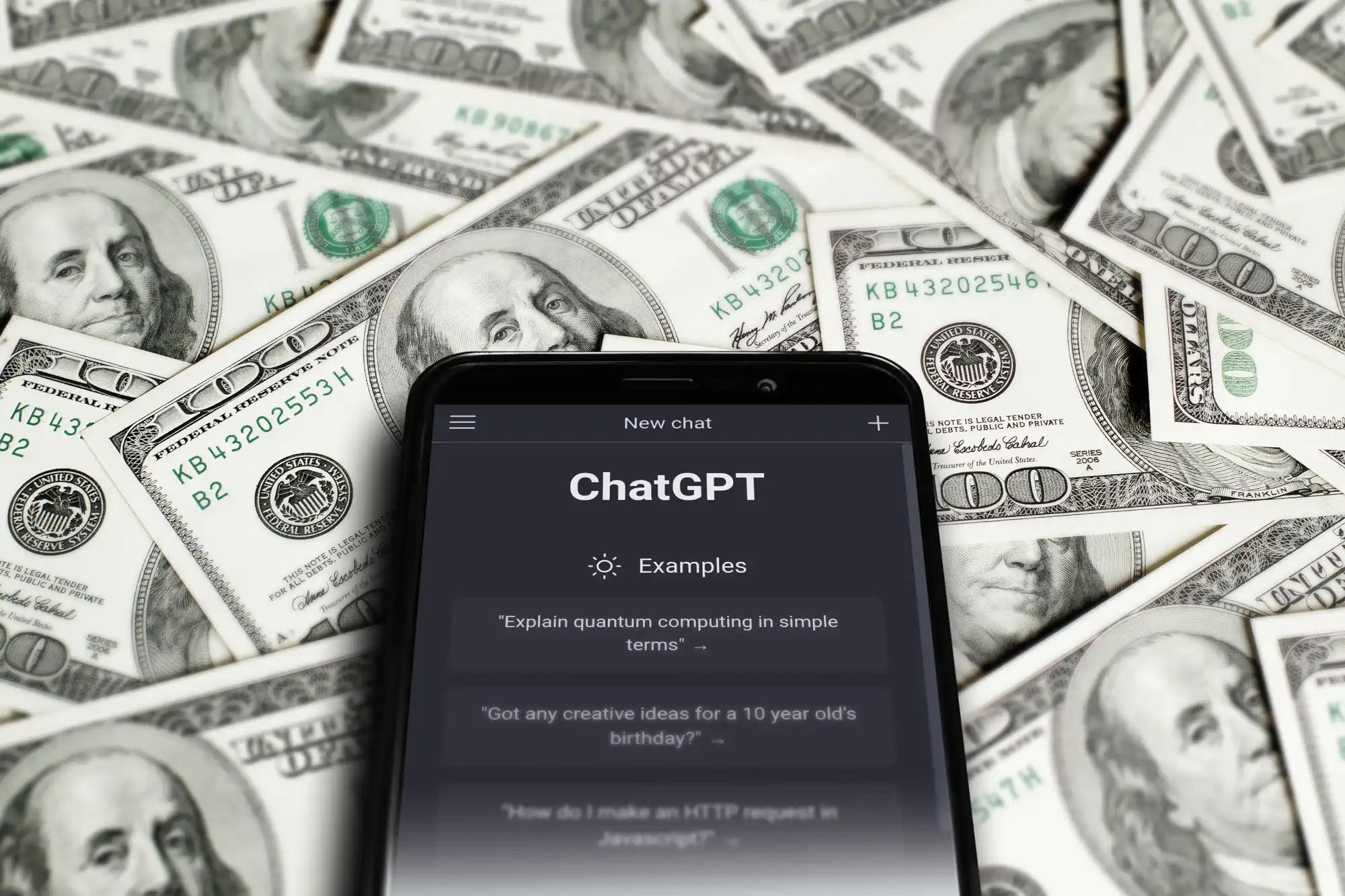In just over two years since its debut in May 2023, the ChatGPT mobile app revenue has skyrocketed to an astonishing $2 billion in global consumer spending. This achievement, revealed in a recent report by app intelligence provider Appfigures, underscores how deeply the AI assistant has embedded itself into the daily lives of millions worldwide.
What’s more, this figure is nearly 30 times the combined lifetime spending of competing AI chatbots like Claude, Copilot, and Grok signaling that the AI race on mobile is no longer just about innovation, but dominance.
According to the analysis, the ChatGPT mobile app revenue in 2025 has already reached $1.35 billion from January to July a mind blowing 673% increase compared to the $174 million made in the same period of 2024. On average, that’s about $193 million per month, up from just $25 million a month last year.
For perspective, Grok its closest competitor, has generated only $25.6 million this year to date meaning ChatGPT is pulling in about 53 times more revenue. Grok’s monthly average stands at $3.6 million, or roughly 1.9% of ChatGPT’s figure.
Why the Gap Is So Big
The sheer scale of ChatGPT mobile app revenue growth can be attributed to a blend of factors. First mover advantage in bringing a highly capable AI assistant to mobile devices with a user friendly interface.
Continuous product improvements, including GPT-4 Turbo, custom instructions, voice interaction, and integration with third party apps. A freemium model that converts free users into paying subscribers at impressive rates.
AI market analyst Sarah Lin of TechInsights notes. ChatGPT has successfully blended cutting edge AI capabilities with strong brand trust. People are not just using it for curiosity anymore they’re integrating it into work, study, and daily decision making. That’s what drives recurring revenue.
How ChatGPT Became Indispensable
Consider the case of Mark Peterson, a freelance marketer from Toronto. In 2023, he used ChatGPT occasionally for brainstorming content ideas. Today, he’s a paying subscriber, using the mobile app daily for.
Drafting client proposals, Summarizing long reports while traveling, Generating social media strategies in minutes. It’s like having a personal assistant in my pocket. I can respond to client requests instantly, even when I’m away from my laptop.
For me, the $20 monthly subscription pays for itself in a single project. This is the type of deep integration into professional workflows that competitors have yet to achieve at scale.
The Competitive Landscape Why Others Struggle
Even well funded rivals like Claude and Copilot face a steep uphill battle. Appfigures’ data shows that combined, they haven’t even reached 5% of ChatGPT mobile app revenue, Several challenges hinder their growth.
Brand awareness gap ChatGPT is now synonymous with AI assistants in the same way Google is with search. Ecosystem lock in Existing users find it hard to switch due to their stored chats, custom settings, and familiarity with the interface.
Feature parity lag Many alternatives still lack the rich multimodal capabilities ChatGPT offers, like image generation and advanced coding tools directly within the app.
A Deep Dive into Monetization Strategy
The OpenAI team has been strategic about monetization without alienating free users, Free tier hooks users with basic GPT-3.5 features, while GPT-4 Turbo, priority access, and advanced features are reserved for Plus subscribers.
Global rollout on both iOS and Android ensures a wide reach, even in developing markets where AI adoption is growing. Enterprise plans integrate seamlessly with the mobile app, creating a unified experience across personal and professional use.
Digital economy researcher Dr. Kevin Adams from Stanford University emphasizes. It’s not just the raw AI capability it’s the subscription economics.
OpenAI has created a sticky product with high perceived value. That’s why churn rates are so low, and monthly revenue is climbing at an unprecedented pace.
Learning with ChatGPT
Sophia R., a college student in Singapore, shared her journey with the app. Initially, I downloaded ChatGPT to help with English essays. Now I use it for math problem solving, preparing for presentations, and even meal planning. It’s like having a 24/7 tutor and lifestyle coach.
Her story reflects how the ChatGPT mobile app revenue benefits from not just business users but also students, creatives, and casual users seeking personal productivity boosts.
The dominance of ChatGPT mobile app revenue reshapes the competitive landscape. Increased investor pressure on rivals to innovate or risk fading relevance.
More partnerships between AI companies and hardware makers to bring voice and multimodal features to wearables. Potential regulatory scrutiny as the AI market consolidates around a few dominant players.
If the current trajectory continues, ChatGPT could easily surpass $3 billion in lifetime mobile revenue by early 2026. The challenge will be sustaining user engagement while facing inevitable competition from tech giants integrating AI into their own ecosystems.
The meteoric rise of ChatGPT mobile app revenue is not just a business success story it’s a reflection of how AI has shifted from novelty to necessity in our digital lives.
From students to CEOs, millions rely on the app daily making it more than just software it’s a personal assistant, tutor, and creative partner all in one.
As rivals scramble to close the gap, the question is no longer whether ChatGPT can hold onto its lead, but how far it can extend it in the years

